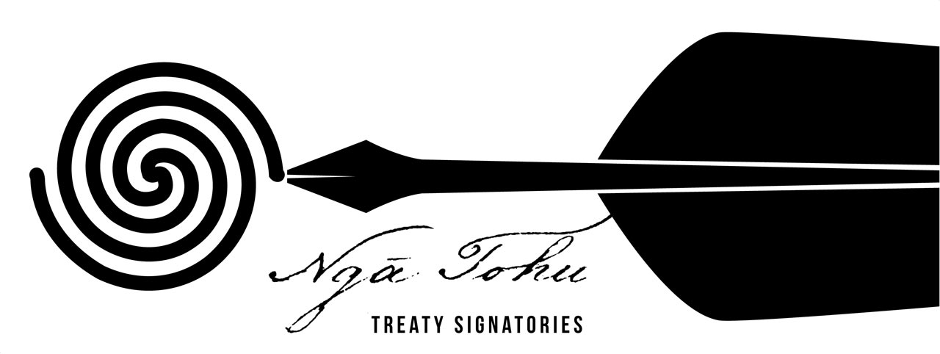Signing
| Signature | Sheet | Signed as | Probable name | Tribe | Hapū | Signing Occasion |
|---|---|---|---|---|---|---|
| 4 | Sheet 6 — The Bay of Plenty (Fedarb) Sheet | Rangimatanuku | Rangimātānuku | Te Whakatōhea | Ngāti Rua | Ōpōtiki 27-28 May 1840 |
Rangimātānuku, also known as Mākao, signed the Bay of Plenty (Fedarb) sheet of the Treaty of Waitangi at Ōpōtiki on 27 or 28 May 1840. He was a rangatira (chief) from the Ngāti Rua hapū (subtribe) of Te Whakatōhea at Ōmarumutu. His son Naua married Mākere Waiwaha, a relative of Mōkena Kōhere of Ngāti Porou, to strengthen an alliance.
When Ngāti Maru attacked Te Whakatōhea in 1830, Rangimātānuku escaped his pā (fortified villiage) at Awa-awa-kino. He was taken in by Haukamau at Whai-a-pawa (Hicks Bay) and was able to build a new pā there. Rangimātānuku returned to Ōpōtiki in 1840, along with the majority of Te Whakatōhea.
Rangimātānuku is recorded as having saved the crew of the John Dauscombe, from Launceston, in 1832.
In January 1840 Rangimātānuku was among those who sold the Pākihi block at Ōpōtiki to Anglican Church Missionary Society missionaries George Brown, James Stack and John Wilson. On the next day he was involved in the sale of the Ngaio block, also at Ōpōtiki.
Rangimātānuku kept a reserve of 50 acres (20 ha) at Tirohanga. This was confirmed on 1 January 1870 by a Crown grant, on condition he remained loyal to the Crown.
Rangimātānuku owned two of the 45 trading boats on the northern coasts. He had died by 1865, when the death of Te Āporotanga marked the passing of the last of the old Te Whakatōhea rangatira.


Community contributions